|
|
SONDHI MEMORIAL LECTURE AT INDIA INTERNATIONAL CENTRE, NEW DELHI
03-01-2005 : New Delhi
Nation and its development profile
I am delighted to participate in the First Prof M.L. Sondhi Memorial Lecture being organized by the memorial committee. My greetings to the organizers, social scientists, political scientists, development planners, parliamentarians, bureaucrats other distinguished participants in this event and Smt. Madhuri Sondhi.
Prof Sondhi was born in Punjab, educated in Punjab University, Delhi School of Economics, London School of Economics and elected as Rhodes Scholar at Oxford University. He topped the Union Public Service Commission examinations and elected to join the Indian Foreign Service. He resigned from the Foreign Service and became the Member of Parliament in the fourth Lok Sabha in 1967. During 1972 to 1990 he was teaching international relations in Jawaharlal Nehru University and later he served as Chairman of Indian Council of Social Science Research. Prof Sondhi?s life and work was unified by a single passion that India live up to the promise of its freedom movement and emerge as a strong but benign force in the family of nations. When he talked of Nuclear Weapons and India?s National Security or when he talked of global terrorism he was clearly aware of the necessity of interlinking of science, technology and social behaviour of nations. He was a multi-dimensional personality. He understood science, he understood philosophy, he understood culture and above all he understood politics. He was a great Indian and a great human being. His association with bureaucracy, politics, scientific community and culture elevated him to be with visionary politicians in the national and international arena. He advocated that India should become a economically strong nation through the application of science and technology. In view of his passion on this subject, I would like to talk on the topic ?Nation and its development profile?.
Economic Growth in different societies
During the last century, the world has undergone a change from being an agricultural society where manual labour was important, to an industrial society where management of technology, capital and labour have acquired importance. Now, in the 21st century, we are into the knowledge society where knowledge is the primary resource rather than capital and labour. Efficient utilization of knowledge can create a comprehensive pool of wealth for the nation and improve the existing quality of life. In such a society, the integration and effective use of IT in various sectors like industry, healthcare, education etc. will be key in achieving prosperity.

260 million people profile
Our nation is going through a major challenge of uplifting of 260 million people who are below the poverty line. They need habitat, they need food, they need health care, and they need education and employment finally resulting in a good life. As of now our GDP is growing at 6% per annum. Whereas, the economists suggest that to uplift the people below poverty line, our economy has to grow at the rate of 10% per annum consistently, for over a decade.
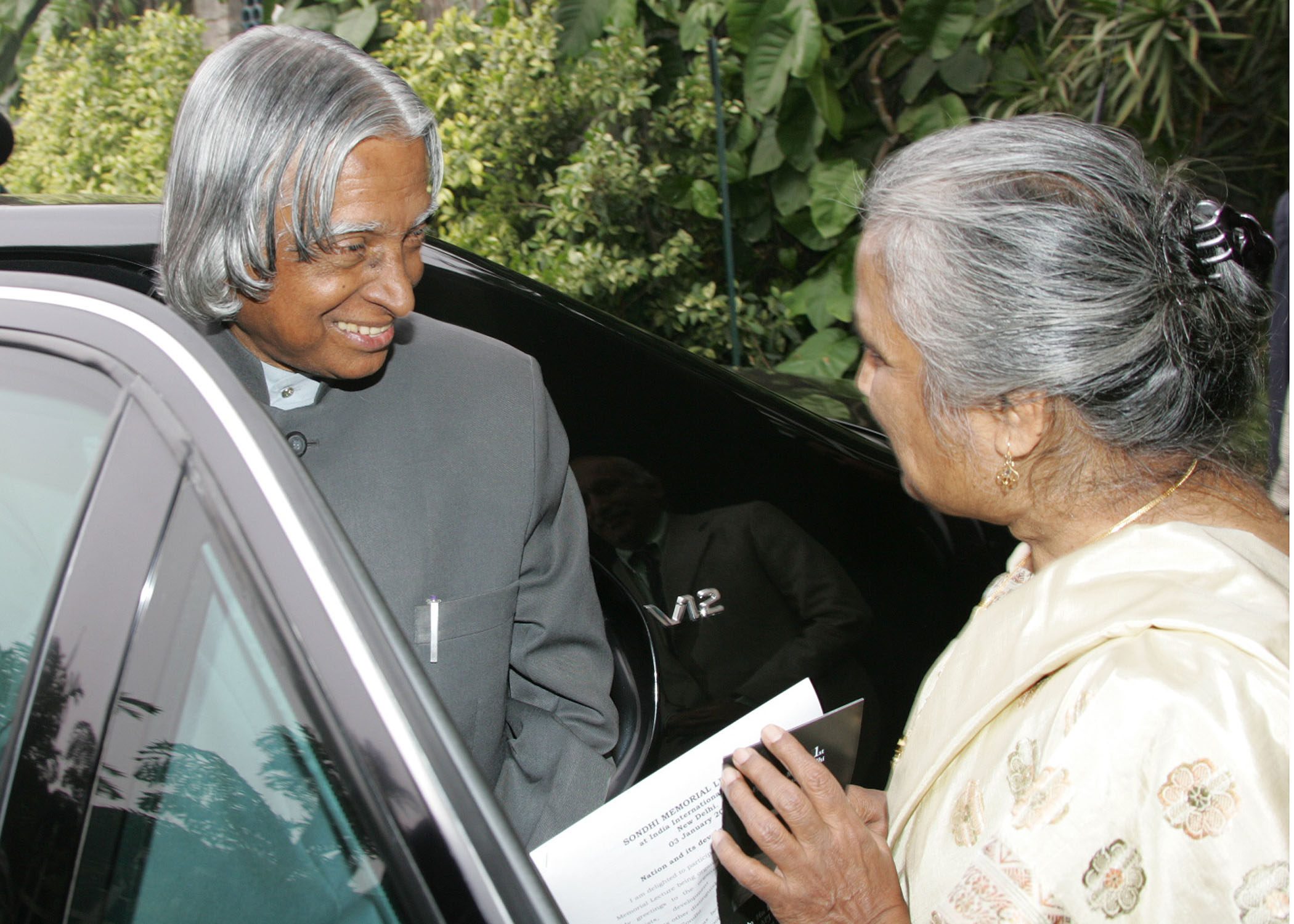

Integrated Action for Development
To meet the needs of one billion people whose number will further increase, we have a mission of transforming India into a developed nation. We have identified five areas where India has core competencies for integrated action: (1) Agriculture and food processing (2) Education and Healthcare (3) Reliable and Quality Electric power, Surface transport and Infrastructure for all parts of the country. (4) Information and Communication Technology (5) Strategic sectors. These five areas are closely inter-related and when effectively implemented, would lead to food, economic and energy security and national security. In all these areas Science and Technology plays an important role in the development process. I would like to discuss the application with reference to the above five areas in some detail.

Second Green Revolution
To meet the needs of increasing population by the year 2020, we have to embark upon the Second Green Revolution which will enable us to increase the agricultural productivity. The production of cereals needs to increase from the present 200 million tonnes to over 400 million tonnes by 2020. But the requirement of land for the increasing population as well as for greater aforestation and environmental preservation activities would demand that the present 170 million hectares of land under agriculture will have to be brought down to 100 million hectares by 2020. Still we have to produce double than we do now. Therefore, all our agricultural scientists and technologists have to work for doubling the productivity of the available land to meet this challenge. The type of technologies needed would be in the areas of biotechnology, modernization of agricultural equipments and improved storage and preservation techniques etc. Also technology will be needed to convert the grains, vegetables and fruits into processed food. In addition the same land has to produce other useful natural products like herbs, flowers etc. Also waste lands have to be put to productive use.
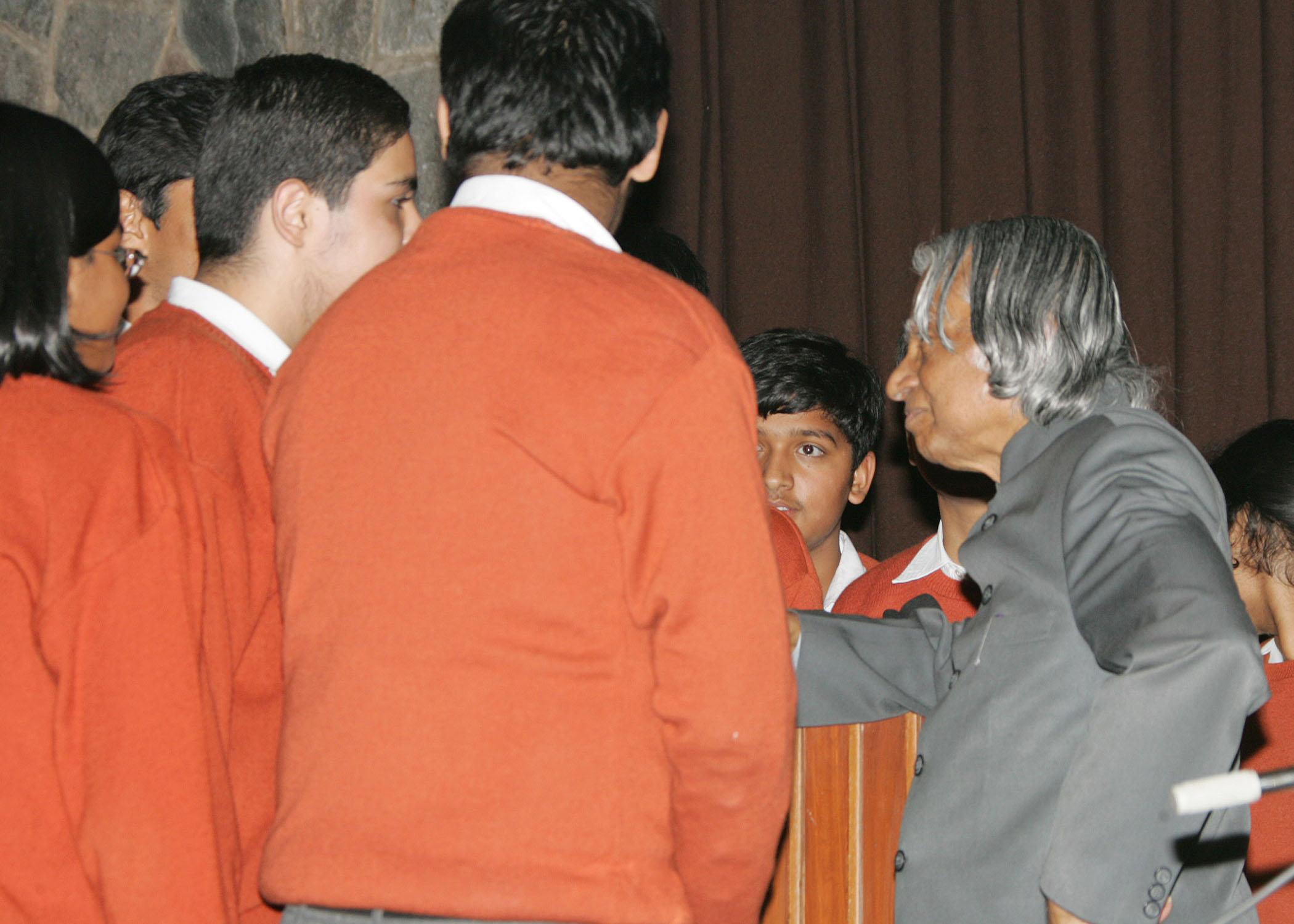

Education and Healthcare
In the area of education we have to address three problems. Firstly we have to ensure that all children in school going age get an opportunity to have quality education. Assent has been accorded for the 86th Constitution Amendment Act ? Right to Education Bill for children between the age group of 5 and 14 years. Secondly we have to provide literacy to the 10% people in the age group of 18-35 who cannot read and write. Thirdly, we have to provide skills which will enable them to get gainful employment. Since the magnitude of the problem is large and the people are located in widely dispersed area, our education programme should take the benefit of universal tele-education backed by EDUSAT for realizing this goal. Beyond that we have to reach people to convert them to skilful people through actual work. They have to learn skills through hands on experience based on the core competence of the rural area.

Universal Tele-Education
Now with the successful launch of Educational Satellite (EDUSAT) on 20th September 2004, it is possible to work on a viable distance education programme for many parts of the nation. A three-pronged approach is essential to make distance education programme viable and a successful proposition through the universal tele-education system to all remote parts of the country. The three components may be the Connectivity, Tele-Education System and the Quality Content Generation and deployment.
a. Connectivity: EDUSAT is expected to provide one-lakh fifty thousand ground terminals in its full capacity. The other parts of the country have to be covered by providing Broadband and Wireless communication network in an integrated fashion. Terrestrial optical communication is becoming cost effective and can complement the space communication with its low cost, high bandwidth and networking capability. An integrated networked system comprising EDUSAT, Broadband and Wireless networks should provide a highway for reaching quality education to all parts of the country.
b. Tele-Education System: Once we have the connectivity, then there should be a universal tele-education system in place for making full utilization of the connectivity to bring virtual classrooms in a multi class environment with seamless two-way interaction between the teachers and students in a collaborative environment. This system should not only enable the lecture delivered from the Studio at the university to reach any remote corner but also enable a good teacher in the remote area to provide multicast information to other participants of the programme.
c. Quality Content Generation: There are three components for education: lectures, laboratory and library. The content includes all the above three. Content can be generated in many ways. The first one is the assimilation of the subject by an expert teacher through research study of many books and articles leading to the generation of quality and creative content in a presentable format. The teacher presents in a unique and innovative way to make the content appealing and easily understandable to the students. The second form of content could be on a self-learning method by breaking down the content into a series of question answer models. Third may be from various books, which can be extracted through a digital library and presented just-in time to all the remote students.
On similar lines tele-medicine can provide quality healthcare to the remote villages and ensure that all the members of rural community have access to modern medicare. The greatest challenge for content is to use it for average non-skilled people to learn skills. This will require animations to impart equivalence of actual ?hand on? experience. It is to be imparted in people?s languages.
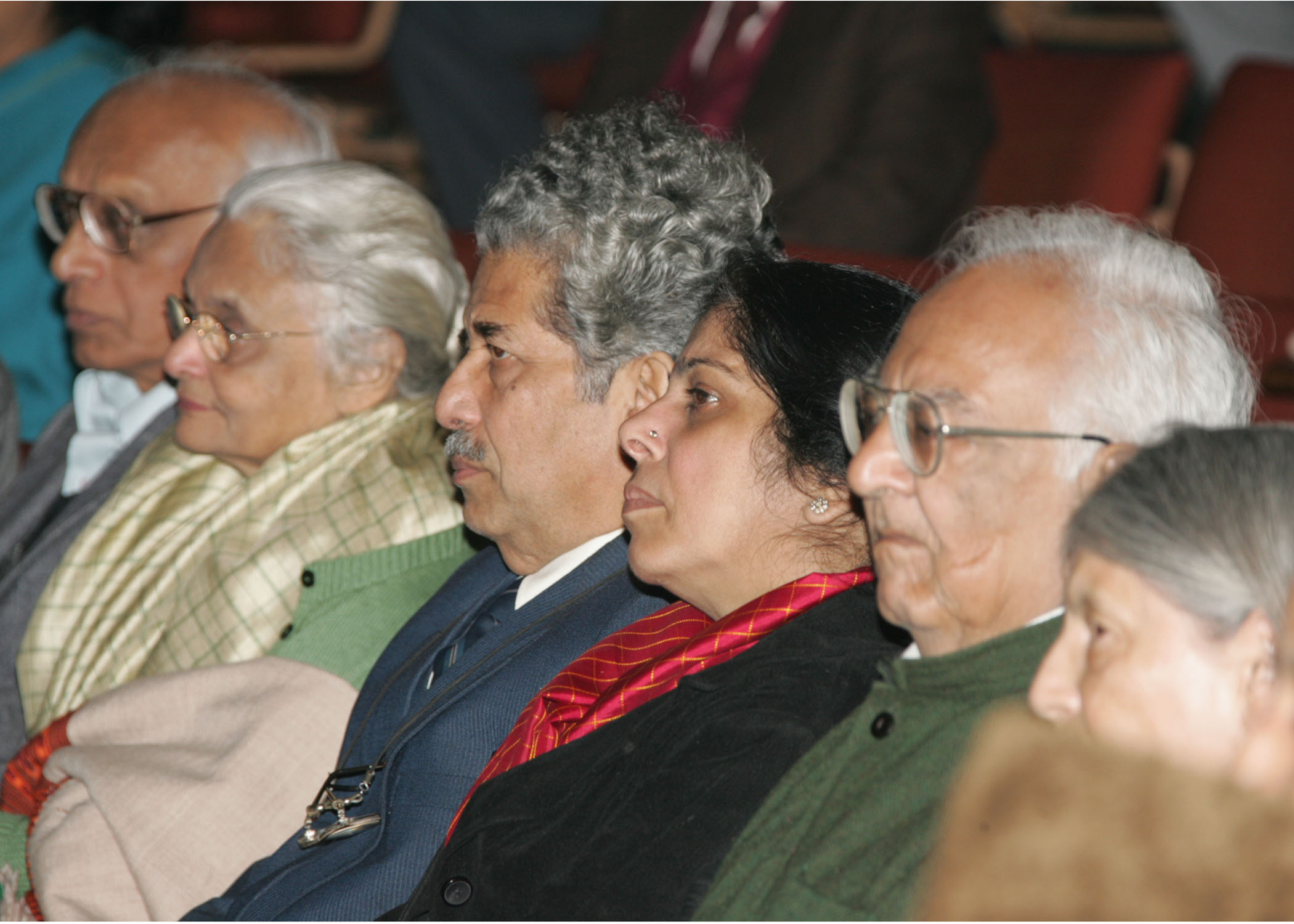

Power
It has been estimated that the soaring demand for power will necessitate a tripling of the installed generation capacity from 1,00,000 to 3,00,000 MW over the next two decades. Besides increasing investment in conventional power generation routes like thermal and hydro, greater emphasis needs to be placed on generation of power using nuclear energy and renewable energy. In this respect, India is already the world?s fifth largest producer of wind power with more than 95% of the investment coming from the private sector. Other renewable energy technologies like solar photovoltaic, solar thermal, small hydro and biomass power etc. also need to be augmented. An important aspect which needs attention is power distribution. For instance, the rural electrification programme launched in 1951 has succeeded in bringing electricity to more than 5 lakh villages. However, 80,000 villages are yet to get electricity connections and quite a few of them are in remote areas where the conventional electricity grid may not be feasible. Therefore, in rural areas, non-conventional energy sources like biomass, wind, or solar power can be used for the generation of power.

Solar Energy
CNT based Photo-voltaic Cell: Presently silicon based photo-voltaic cell have only an efficiency of 13 to 15%. This has become a big challenge for converting solar energy into power. Research has shown promise of increasing the efficiency of the photo-voltaic cell to 40 to 50% using CNT. This will enable us to have highly efficient 100 MW solar energy plants in different regions of the country which will have virtually zero recurring cost. In addition we can also use solar energy to create hydrogen to be used as a source of clean energy.
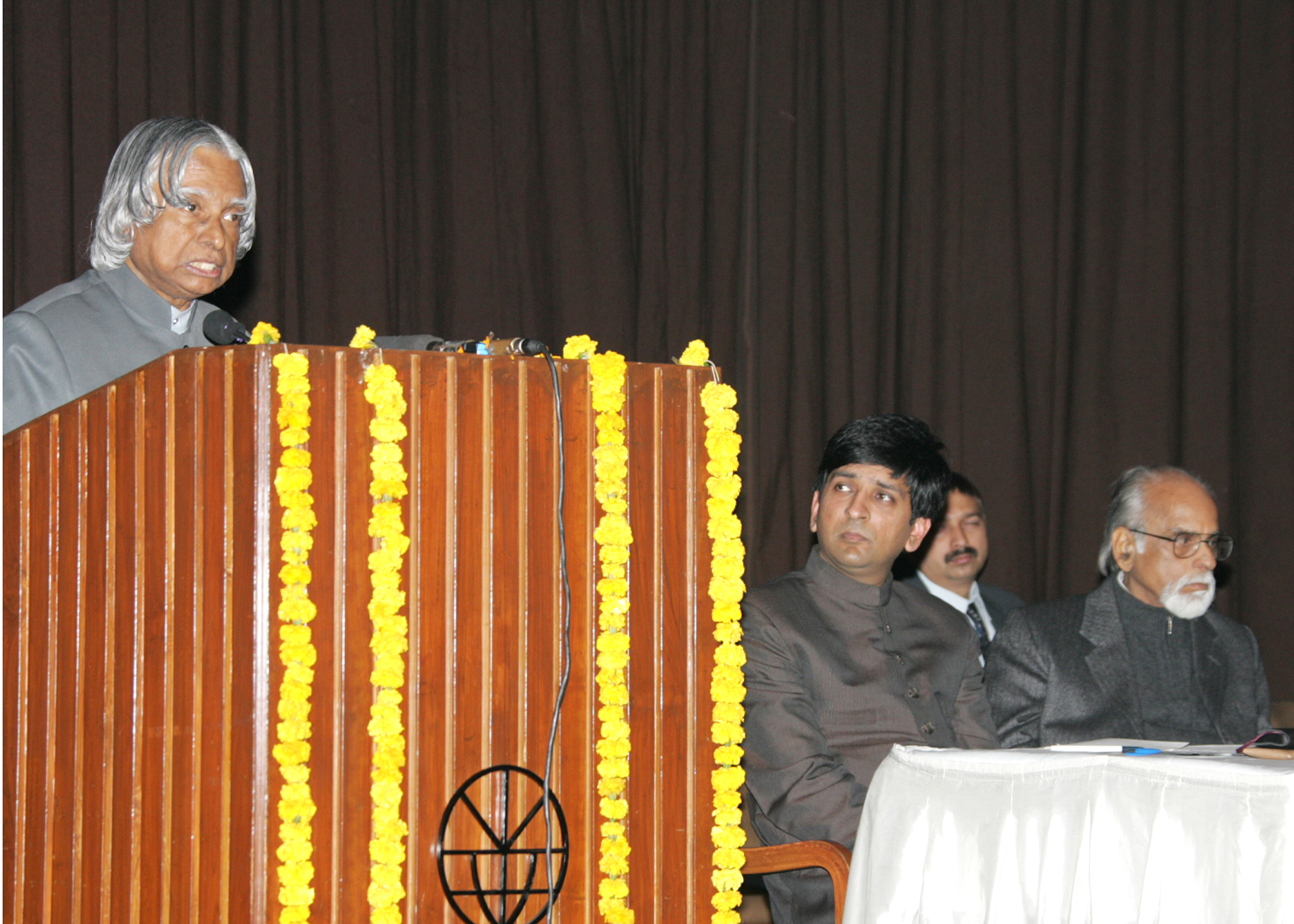

Nuclear Energy
We have to fall back on thorium resource (about one third of world's total thorium resource is available in India) for our energy security. For this we have to introduce, thorium in the blanket zone of second stage FBR's at an appropriate growth level of installed nuclear capacity. This would enable us to build inventory of U-233 (from thorium) for use in the third stage of our nuclear power programme based on yet another type of fast breeder reactor using (Th-U233) MOX fuel in the core.

Water:Networking of Rivers
Networking of rivers is essential for flood and drought control, to make drinking water available to all regions, navigation and transportation facilities, increased power generation and cultivation of land. This mission will also provide employment opportunities to the rural population. Science and technology can surely help in executing such a mission. A dedicated satellite constellation for our networked river systems may be required for remote sensing to survey and evolve optimum water routes, environmental mapping and aforestation requirements, and continuous monitoring of the networked water flow through all seasons and at all times. Above all, the networking will lead to enhancement of the environment and of national connectivity.
(a) Desalination process
Regions like India need new processes and new solution like use of reverse osmosis using solar energy and MSF using nuclear energy. It is essential to setup the desalination plants next to the nuclear and thermal power stations to reuse the waste energy effectively.
(b) Water and Energy through consortium
It is imperative that the water requirements of many of the states need to be addressed immediately though sea water desalination process. The industries like BHEL, NPC should provide solutions to the state governments. I suggest forming of a consortium between BARC, BHEL, NPC, private sector institutions and the concerned State and Central governments to tackle this issue in a mission mode. These technologies have also to be deployed to make water recycling a perfect system with about 95% to 99% water being continuously recycled and used for all daily human activities so that water is not thrown away as water, as it is the scarcest of the resource.
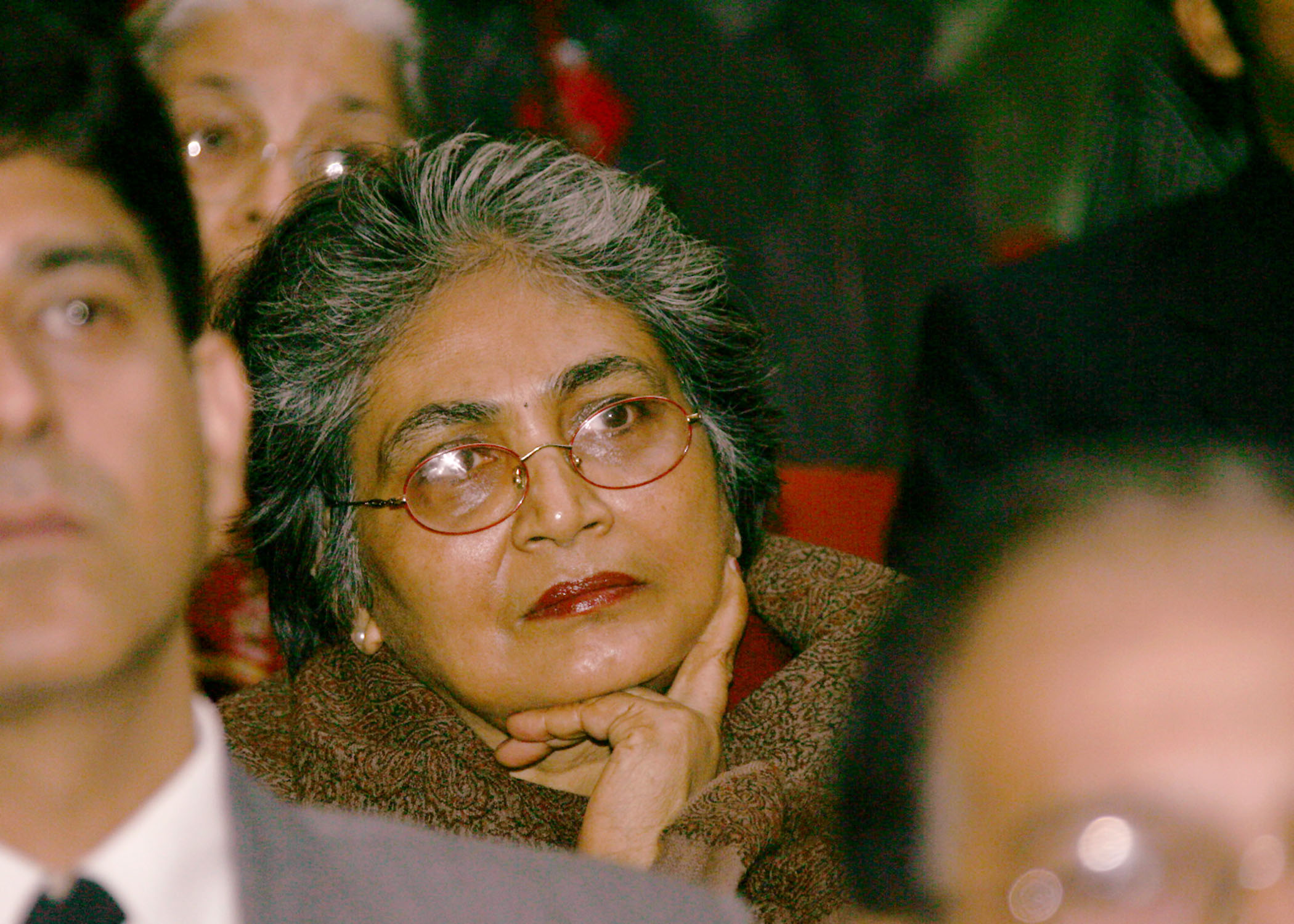

Surface Transport
The present form of surface transport using diesel and petrol engine is polluting the environment. There is a need to address this problem technologically and build rapid transport system like metro system under construction in Delhi. This will reduce the pollution to a large extent. However, it will not be able to reach all the points. Feeder transport system is needed to reach different interior parts of the city. This Feeder transport can use 10% Jatropha based bio-fuel which is Carbon mono-oxide emission free. Also, it may be possible to use 100% bio-fuel in the engines of heavy vehicles after testing their performance capability for being run on bio-fuel alone. It could be the right step in environmental pollution control. In addition technology of mixing hydrogen to diesel through water injecting technologies will further reduce pollution and save fuel. I am happy to learn that many institutions and industries in India are working in this front.

ICT - Knowledge products
I visualize very soon, I will sit in front of my computer , I will give a talk and I will also give voice commands for the operations and navigating through my computers. My talk should be digitized and converted into the text without having to train the computer for voice recognition of my voice. We in India, have to venture into developing our own operating systems, language independent software so as to achieve self reliance in the software sector. We also could do better in the development of knowledge products and tools, using which many domain specific applications can be developed and deployed for the services sector.
For effective competitiveness, the fusion between research, innovation and astute marketing should occur. This is best done by forming an effective triangle of industries, researchers from academia/R&D and the student community. With this collaboration and combined commitment it is possible to develop innovative products in .many areas including:
� Localized Indian operating systems that seamlessly apply across General purpose environments, real time applications, embedded systems including smart cards, utilities ranging from Microwave Ovens, washing machines, cameras, cell phones to small form factor palms and PDAs.
� Scientific applications software in the areas such as CFD, Structural Mechanics, Bio Informatics and drug design, and Computational Chemistry and Physics
� Educational Courseware design and deployment
� Application Servers framework for middle tier business applications
� Information Security products based on our indigenous knowledge and languages such as Sanskrit, Hindi, Tamil and others which have unique encryption capabilities.
Core competencies that can be used in information security, scientific software development, entertainment, education, and hardware - software co-design, IC Design and wireless can also spearhead a strong domestic market, and make our IT industry more robust and strong.
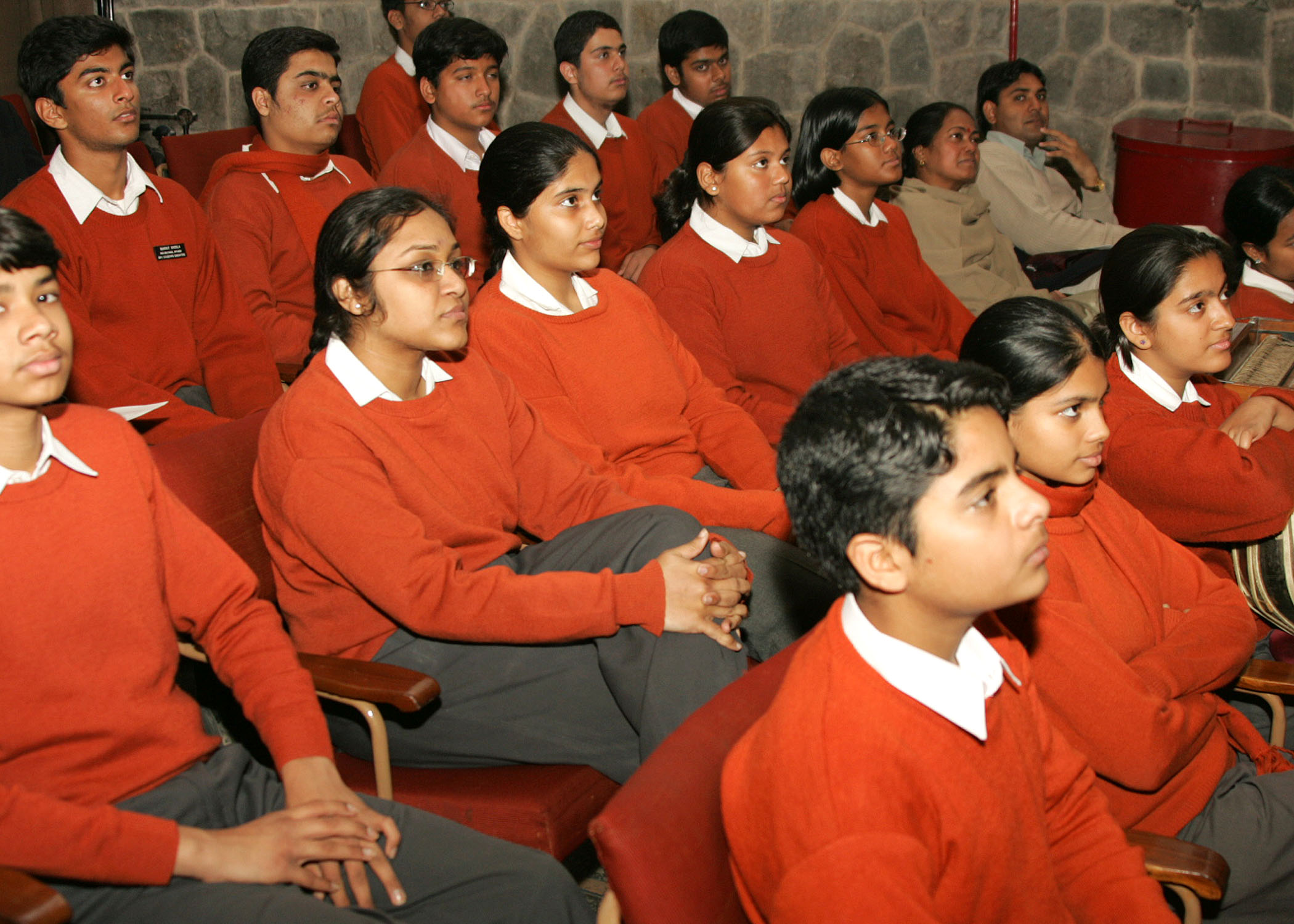

Knowledge-powered PURA (Providing Urban Amenities in Rural Areas)
Development of rural infrastructure cannot be viewed in isolation. An integrated strategy is required for the purpose. In the future, the development of urban infrastructure will further widen the urban-rural divide. Therefore, villages have to be connected suitably to form urban areas. An example of this is PURA that seeks to bring rural wealth and prosperity. This model envisages a habitat designed to improve the quality of life in rural places and also makes special suggestions to remove urban congestion. Naturally our most demanding urban problem is that of congestion removal. Also, efficient supply of water and effective waste disposal in every locality are the paramount civic needs. There is a minimum size below which a habitat is not viable and not competitive with the existing congested city. At the same time, the existing congested city is not economical compared to a new town once a minimum size of expansion is crossed.

Self reliance in Critical technologies
I still remember in 1998, when India became a nuclear weapon state, the developed countries put an economic and technological sanctions on India. Foreign companies had terminated the contracts such as the joint development of flight control systems for LCA. How did we overcome the challenges of technological denial regime? We formed national teams for Wings, and for the flight control laws. With time bound mission mode project management system, experts drawn from multiple organizations positioned as one single development team, we have achieved a remarkable development success. This type of technological denial sometimes inspires our scientific productivity and opens the door for faster and complete development.
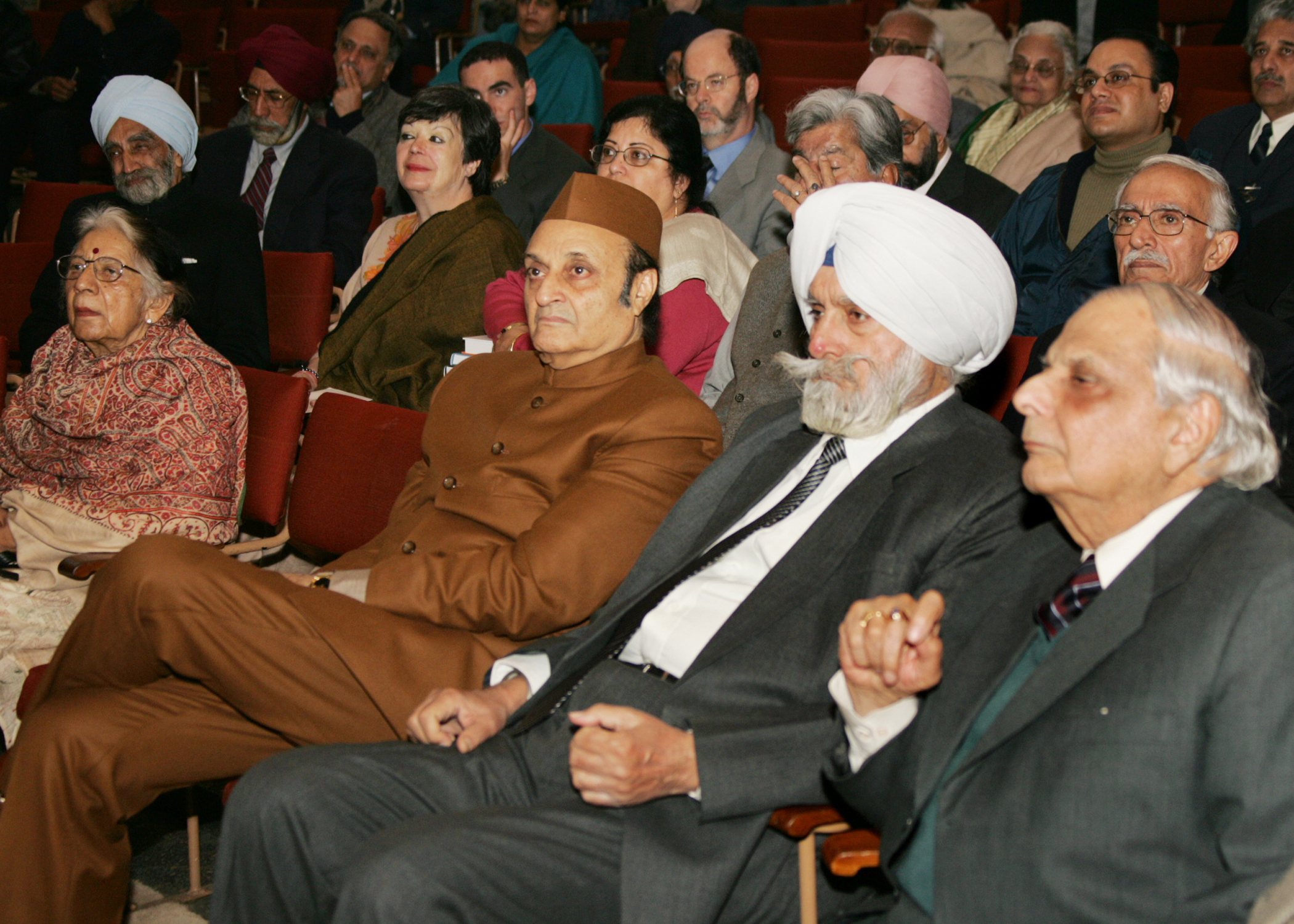

Peoples? responsibilities
When the nation is in development mode, the most important need of the country is an integrated developmental plan and empowered management structures in the areas of education and healthcare, agriculture and food processing, ICT, strategic sectors and infrastructure industries.
In addition, I would like to suggest various missions for our people. For example, the student community can take up the task, during their holidays, to make a certain number of people literate in their area where their school or house is situated. For, only a burning candle lights another. Teachers and parents can assist the students in this task. The government and R & D labs can bring in technological upgradation in the small-scale industries so that production and productivity can be increased and the units can become competitive. The large-scale industries must increase their contribution to economic growth, particularly in terms of GDP growth. Towards this, the industries can concentrate on maximizing output and producing cost effective products, so that the demand for the product will increase. They can aim to become multinational companies, for example in sugar, power, cement and engineering industries and in knowledge institutions. The farming community, who are engaged in cultivation in dry lands, need to increase their productivity with the help of the available new scientific method. The personnel and knowledge experts in the field of information technology have a tremendous responsibility to shoulder by way of contributing in the areas of tele-medicine, tele-education and e-governance for the rural areas aside from their business role. In this vision period, the entire government establishment, must strive to build a name for itself, through prompt decision making and transparent administration. Politicians must consider that the nation is bigger than any individual or organisation. Media has to become a partner and promoter in national development. Such a motivated and charged up environment will indeed be a great foundation for our vision of transforming India into a Developed Nation.

Conclusion
We should realize that science and engineering is a force absolutely fundamental to our well being and our societal transformation. Science and Society are inter-dependent. We are coming to the recognition that science must seriously concern with the many and great unsolved problems of human kind. It has been frequently pointed out that when we are able to do increasingly good science, at the same time that many societal disparities and problems are also increasing. Although, professional goals of teaching and research are significant they are not enough rather a further goal must be to understand the physical, moral and social problems that hold our civilization in the grip of numerous contradictions.
In the 21st century right application of Science and Technology is the most effective route to societal transformation.
My New Year greetings and best wishes to all. May God bless you.
<<Back
|
|